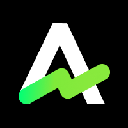-
 bitcoin
bitcoin $110311.910091 USD
1.97% -
 ethereum
ethereum $3964.172463 USD
0.34% -
 tether
tether $1.000288 USD
-0.05% -
 bnb
bnb $1098.563056 USD
-0.37% -
 xrp
xrp $2.479902 USD
4.31% -
 solana
solana $188.301025 USD
1.38% -
 usd-coin
usd-coin $0.999961 USD
0.01% -
 tron
tron $0.322477 USD
0.49% -
 dogecoin
dogecoin $0.199450 USD
2.51% -
 cardano
cardano $0.662393 USD
2.33% -
 hyperliquid
hyperliquid $37.947663 USD
1.71% -
 chainlink
chainlink $18.819081 USD
9.53% -
 ethena-usde
ethena-usde $0.999345 USD
-0.04% -
 stellar
stellar $0.323467 USD
2.06% -
 bitcoin-cash
bitcoin-cash $479.282126 USD
1.50%
What is a soft fork of blockchain?
Soft forks, backward-compatible updates, enable gradual implementation of blockchain protocol changes without disrupting the network and allowing users to upgrade at their own pace.
Feb 15, 2025 at 02:00 pm
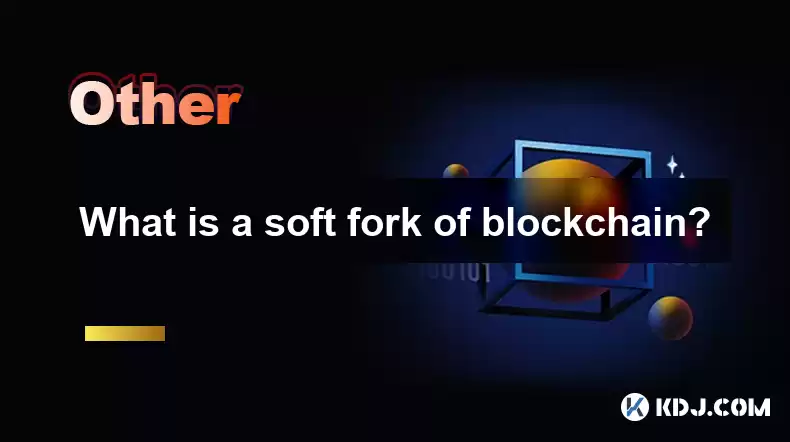
Key Points
- Definition and Characteristics of Soft Forks
- Types of Soft Forks
- Benefits and Drawbacks of Soft Forks
- How to implement a Soft Fork
- Examples of Notable Soft Forks
- Frequently Asked Questions
What is a Soft Fork of Blockchain?
A soft fork, also known as a backward compatible update, is a change to a blockchain protocol that alters its rules in a way that makes previously valid blocks or transactions invalid. However, it maintains compatibility with the old rules, allowing nodes running the old software to continue operating on the new blockchain without any issues. This allows for a seamless upgrade without requiring a hard fork or split in the blockchain.
Characteristics of Soft Forks:
- Backward compatibility: Nodes running the old software can continue to operate on the new blockchain.
- Consensus: Miners and nodes must agree on the new rules for the soft fork to be activated.
- Gradual implementation: Users can upgrade to the new software at their own pace, with both old and new rules being accepted for a transitional period.
Types of Soft Forks:
There are two main types of soft forks:
- User-activated soft forks (UASFs): Triggered by a majority of users adopting the new software and accepting blocks created by the new rules.
- Developer-activated soft forks (DASFs): Activated manually by the developers of the blockchain, typically when a new feature is introduced.
Benefits and Drawbacks of Soft Forks:
Benefits:- Smooth upgrades: Allows for seamless upgrades without disrupting the network.
- Compatibility: Existing applications and infrastructure can continue to operate without modification.
- Gradual adoption: Users can upgrade at their own pace, minimizing disruption.
- Complexity: Implementing soft forks can be technically challenging and may require coordination among developers.
- Potential for bugs: Introducing new rules can introduce potential security or operational vulnerabilities.
- Enforced upgrades: In some cases, users may eventually be forced to upgrade to the new software to fully participate in the network.
How to Implement a Soft Fork:
Implementing a soft fork involves the following steps:
- Community approval: Gather support from the community and major stakeholders for the proposed changes.
- Software update: Developers release updated software that includes the new rules.
- Consensus building: Miners and nodes must agree on the activation threshold for the new rules (e.g., 95% acceptance).
- Transition period: Both old and new rules are accepted during a transition period to allow for gradual adoption.
- Activation: Once the activation threshold is reached, the new rules become active and the transition period ends.
Examples of Notable Soft Forks:
- Bitcoin SegWit: Introduced a new transaction format that improved scalability and reduced transaction fees.
- Ethereum Constantinople: Implemented several performance optimizations and bug fixes.
- EOS Irreversible: Locked in a set of protocol changes to prevent future hard forks.
Frequently Asked Questions (FAQs):
Q: What is the difference between a soft fork and a hard fork?A: A soft fork maintains compatibility with the old rules, while a hard fork creates a new, incompatible blockchain.
Q: Why are soft forks preferred over hard forks?A: Soft forks provide a more seamless upgrade without disrupting the network or requiring users to move to a different blockchain.
Q: Can soft forks introduce security vulnerabilities?A: Yes, introducing new rules can potentially introduce security or operational vulnerabilities, so thorough testing and careful implementation are crucial.
Q: How long does a soft fork implementation typically take?A: The timeline for a soft fork implementation can vary depending on the complexity of the changes and the level of community coordination required.
Q: Are soft forks always implemented successfully?A: Not always; there have been instances where soft forks have been abandoned due to insufficient support or technical issues.
Disclaimer:info@kdj.com
The information provided is not trading advice. kdj.com does not assume any responsibility for any investments made based on the information provided in this article. Cryptocurrencies are highly volatile and it is highly recommended that you invest with caution after thorough research!
If you believe that the content used on this website infringes your copyright, please contact us immediately (info@kdj.com) and we will delete it promptly.
- Crypto Coins: Ethereum, Solana, and the Rise of AI in 2025
- 2025-10-21 08:45:16
- TRON's Stablecoin Empire: Cross-Chain Expansion and Blockchain Innovations
- 2025-10-21 08:45:16
- Shiba Inu, AlphaPepe, Presale: The Meme Coin Evolution
- 2025-10-21 08:50:01
- Dogecoin, Whales, and Bullish Alternatives: What's the Deal?
- 2025-10-21 08:50:01
- Shohei Ohtani, World Series, and Baseball Fever: A Los Angeles Love Affair
- 2025-10-21 08:50:01
- Ethena's Expansion: New Products and Team Growth on the Horizon
- 2025-10-21 08:50:12
Related knowledge
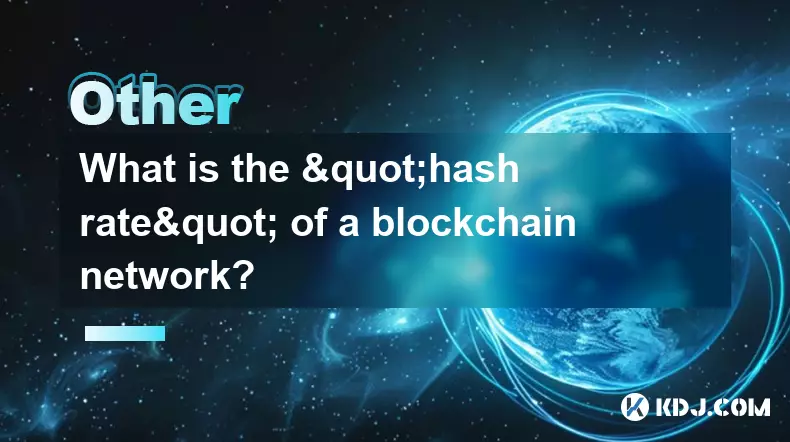
What is the "hash rate" of a blockchain network?
Oct 10,2025 at 03:55pm
Understanding Hash Rate in Blockchain Networks1. The hash rate refers to the total computational power being used to process transactions and mine new...
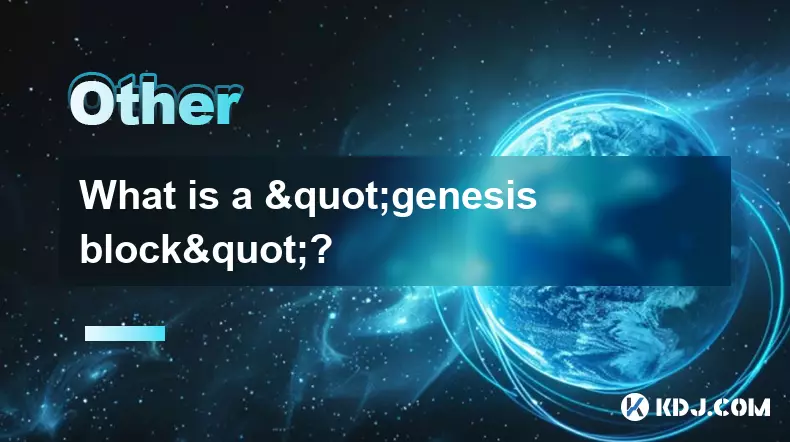
What is a "genesis block"?
Oct 15,2025 at 07:55pm
Understanding the Genesis Block in CryptocurrencyThe genesis block is the very first block in a blockchain network. It serves as the foundation upon w...
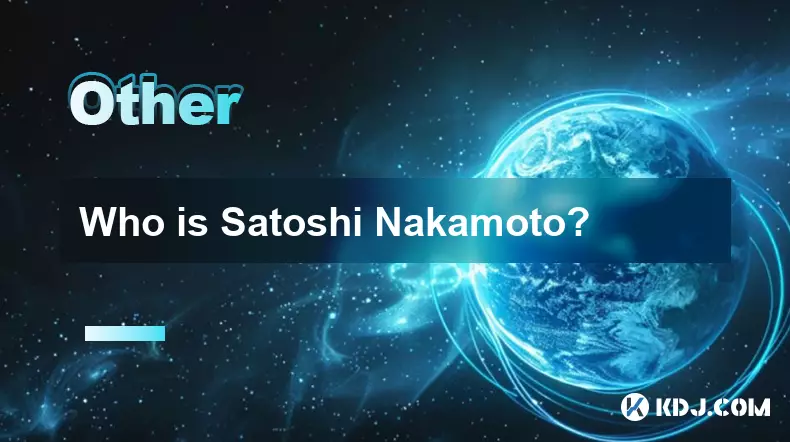
Who is Satoshi Nakamoto?
Oct 15,2025 at 01:01pm
Who is Satoshi Nakamoto?1. Satoshi Nakamoto is the pseudonymous individual or group credited with creating Bitcoin, the first decentralized cryptocurr...
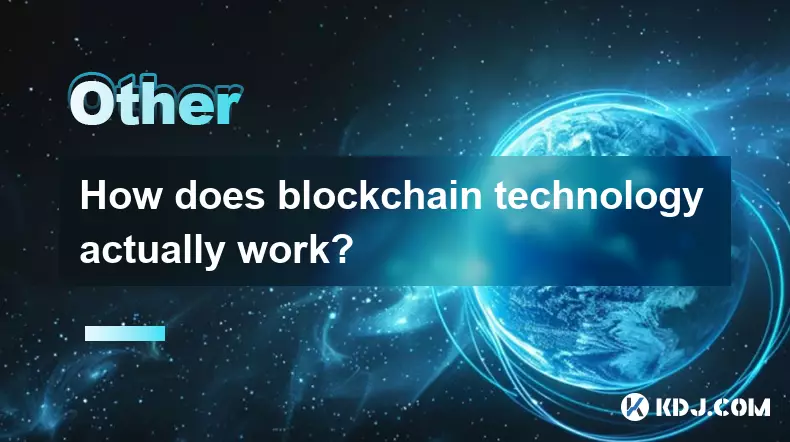
How does blockchain technology actually work?
Oct 11,2025 at 02:36pm
Understanding the Core Mechanism of Blockchain1. At its foundation, blockchain is a decentralized digital ledger that records transactions across mult...
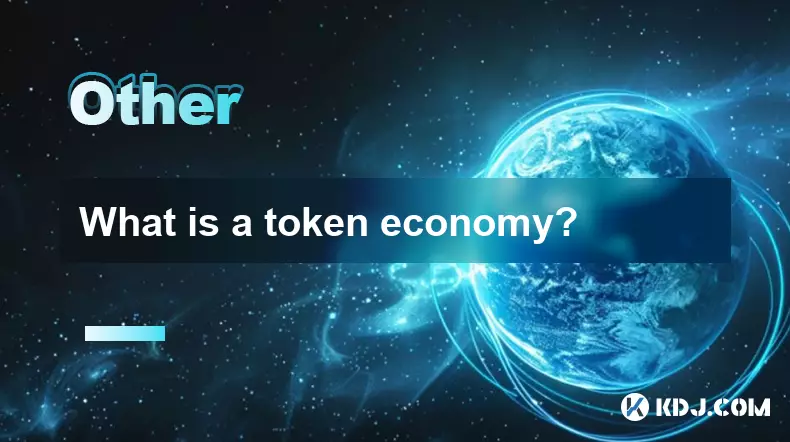
What is a token economy?
Sep 20,2025 at 12:18am
Understanding the Foundations of a Token Economy1. A token economy in the context of cryptocurrency refers to a system where digital tokens are used a...

What are suitable application scenarios for blockchain?
Sep 20,2025 at 03:19am
Decentralized Finance (DeFi) Platforms1. Blockchain enables the creation of financial services without centralized intermediaries, allowing users to l...

What is the "hash rate" of a blockchain network?
Oct 10,2025 at 03:55pm
Understanding Hash Rate in Blockchain Networks1. The hash rate refers to the total computational power being used to process transactions and mine new...

What is a "genesis block"?
Oct 15,2025 at 07:55pm
Understanding the Genesis Block in CryptocurrencyThe genesis block is the very first block in a blockchain network. It serves as the foundation upon w...

Who is Satoshi Nakamoto?
Oct 15,2025 at 01:01pm
Who is Satoshi Nakamoto?1. Satoshi Nakamoto is the pseudonymous individual or group credited with creating Bitcoin, the first decentralized cryptocurr...

How does blockchain technology actually work?
Oct 11,2025 at 02:36pm
Understanding the Core Mechanism of Blockchain1. At its foundation, blockchain is a decentralized digital ledger that records transactions across mult...

What is a token economy?
Sep 20,2025 at 12:18am
Understanding the Foundations of a Token Economy1. A token economy in the context of cryptocurrency refers to a system where digital tokens are used a...

What are suitable application scenarios for blockchain?
Sep 20,2025 at 03:19am
Decentralized Finance (DeFi) Platforms1. Blockchain enables the creation of financial services without centralized intermediaries, allowing users to l...
See all articles



















